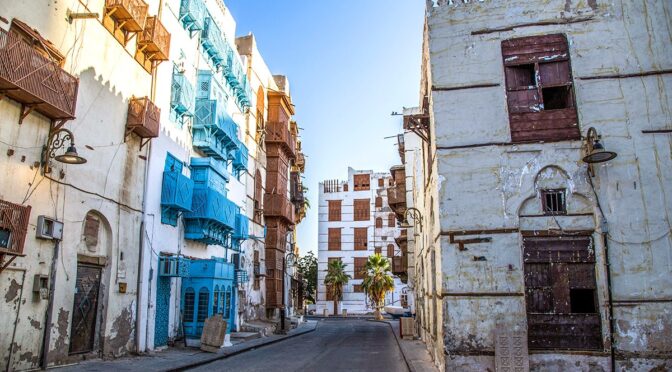Commodifying Neglected Vernaculars: A Case Study of Saudi Arabia
By Aabiya Noman Baqai
Introduction
In light of Crown Prince Muhammad Bin Salman’s (MBS) ‘Vision 2030’ that aims to diversify economic opportunities and reduce the country’s dependence on oil, the promotion of domestic and international tourism has become a dominant goal for Saudi Arabia (Kester and Karvao, 2004; Khashan, 2017). This process has involved the preservation and commodification of several cultural and vernacular sites around the country, including the historic neighborhood of Al Balad or “The Gate to Makkah” in Western Jeddah and a village called Rijal Almaa in the Southwestern Asir Region, both of which are also recognized as UNESCO World Heritage Sites. Both Al Balad and Rijal Almaa have historically made important economic and cultural contributions to Saudi Arabia. The residents of Rijal Almaa developed creative design and construction solutions in order to farm under adverse climate conditions. This included women who traditionally painted the interior and exterior of their homes as a representation of their village’s identity. Al Balad’s merchant families oriented its development around the Red Sea coast, adjusting to the warm and humid weather and influx of pilgrims from Makkah for trade. Both places represent adaptive vernaculars that are becoming increasingly rare in the region and elsewhere in the world.
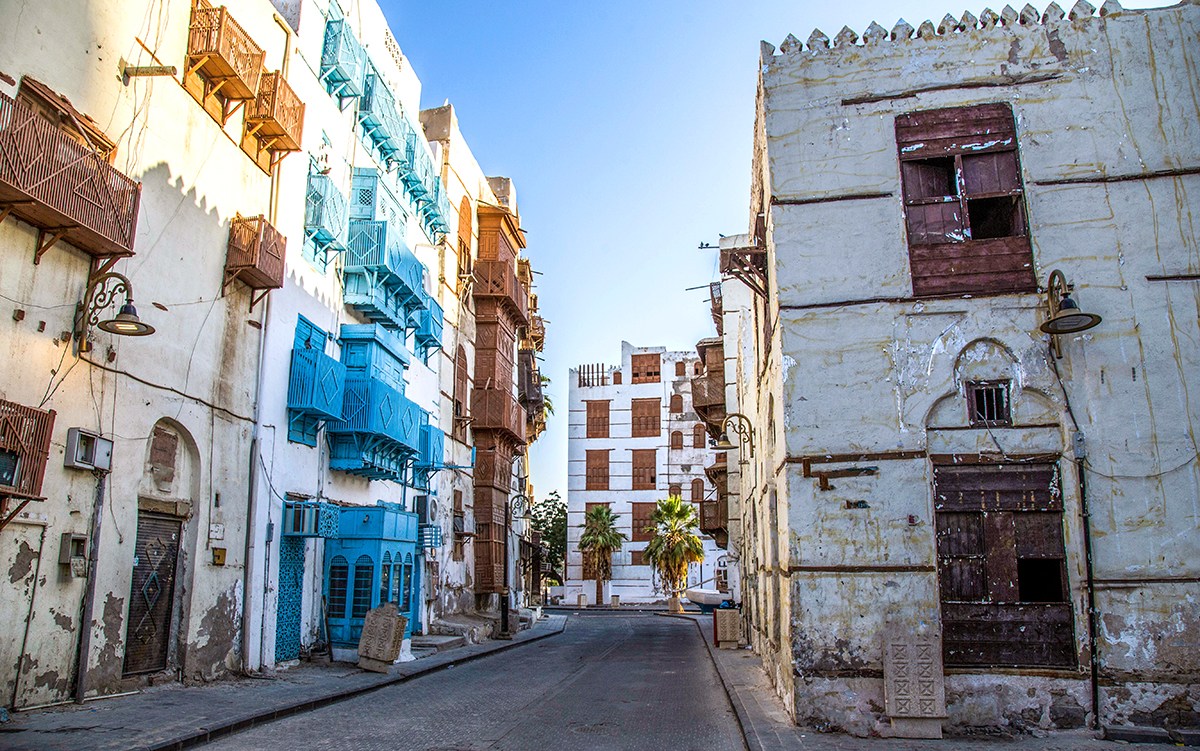
Analysis
Al Balad and Rijal Almaa were long neglected by state authorities as part of a push for modernization and urbanization (Bayat and Beikart, 2009) shaped by Western development ideologies that suppress “expressions of indigenous knowledge” (Gudynas, 2011, p. 442). Several decades of abandonment led to the degradation of traditional structures. When residents wanted to preserve their communities, they were not provided with the necessary resources and support to remain in their homes (Sahahiri et. al., 2019), forcing indigenous populations to move to larger urban areas (Samir et al., 2018). As Keisha-Khan Perry noted in Gamboa De Baixo in Brazil, the very population that contributed to the cultures and traditions of the city was the same population that was displaced in the process (2004).
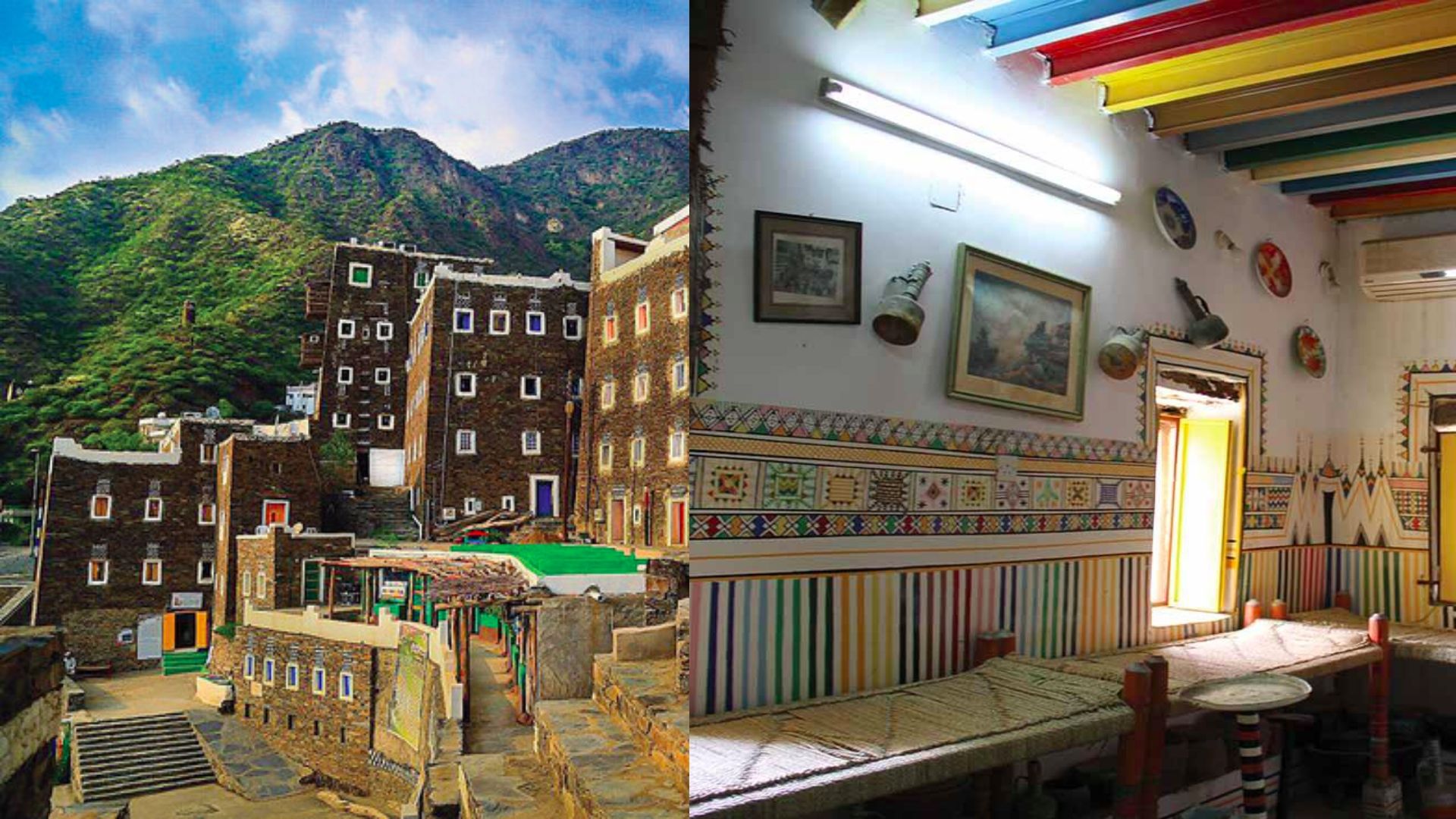
When the Saudi government developed its long-term “Vision 2030” plan in 2016, local tourism authorities began to urge local communities to preserve their built environment and convert their homes into museums. The preservation work, however, has typically relied on modern materials and methods that are mere odes to the original vernaculars. Previously displaced residents have only been allowed to return to their homes if they work to boost tourism and conform to the government’s expectations, thus constructing a role of a responsible citizenry that restricts their autonomy (Sletto and Nygren, 2016).
Additionally, to attract tourists from Western regions, the Saudi government has relaxed local laws on dressing and driving for women, allowed travel to regions that were previously restricted, and developed entertainment districts to host concerts and movies that were formerly banned. However, these policies reflect a commodification of traditional heritage that has little to do with tolerance and more to do with the government’s “worlding” (Ong, 2011) pursuit of a positive international image through heritage tourism (see also Novoa, 2017; Perry, 2004). This commodification leads to a “sensationalization” (Mayne 2017) of neighborhoods, where residents are expected to perform traditional religious and cultural practices in order to align with multicultural and neoliberal expectations (Livermon, 2014; Mayne, 2017). For example, Rijal Aalma’s Rejal Al-Teeb Festival includes folklore performances by ‘Flower Men’, light shows highlighting architectural details of the ‘Gingerbread Village’, and re-enactments of local artistry. The terms ‘Flower Men’ and ‘Gingerbread Village’ are international interpretations of the Rijal Almaa vernacular, which takes away from the colloquial names attributed by locals. ‘The Historic Jeddah Festival’ in Al Balad also follows similar patterns of sensationalization through lights and structures representing cultural designs.
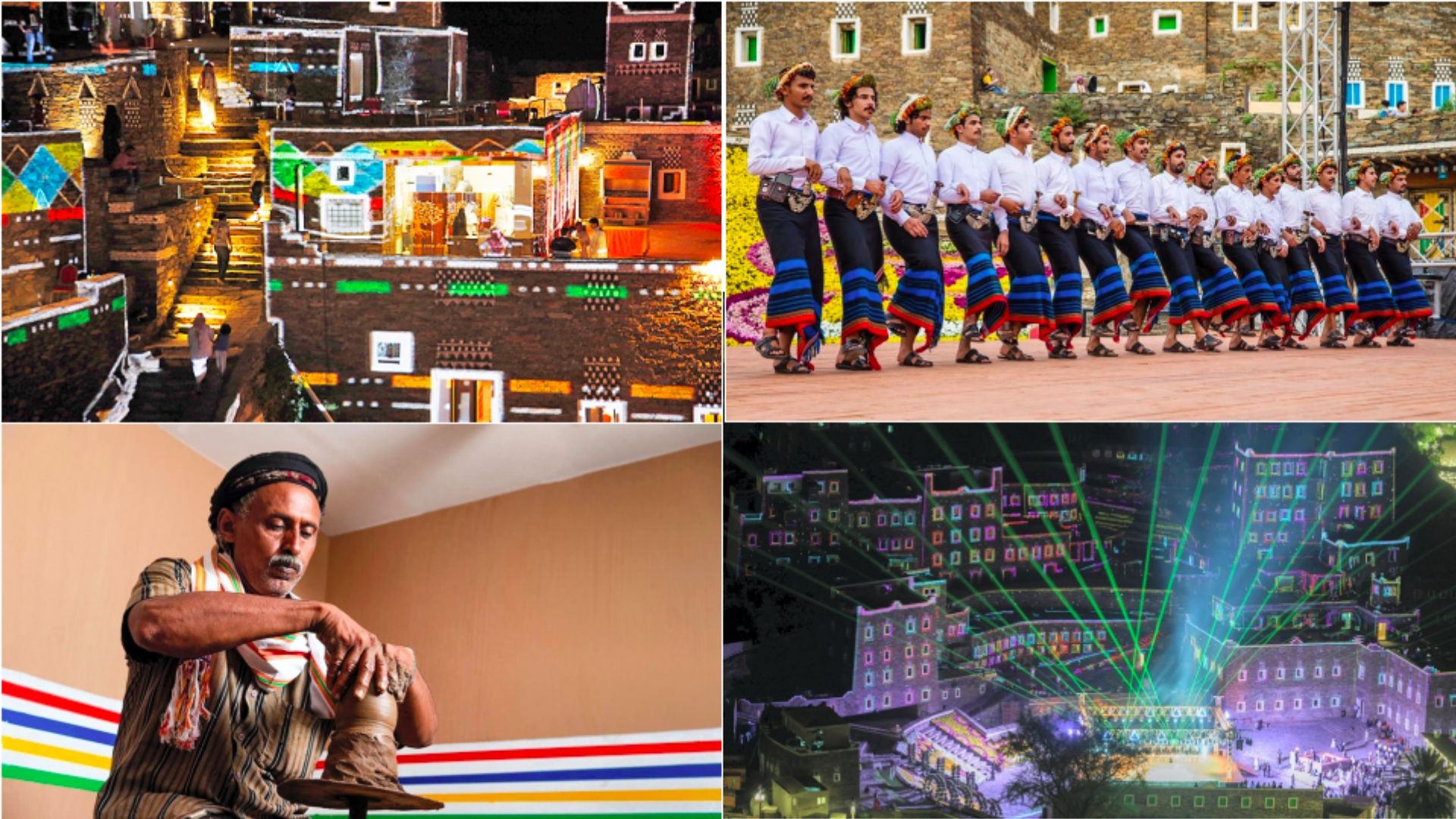
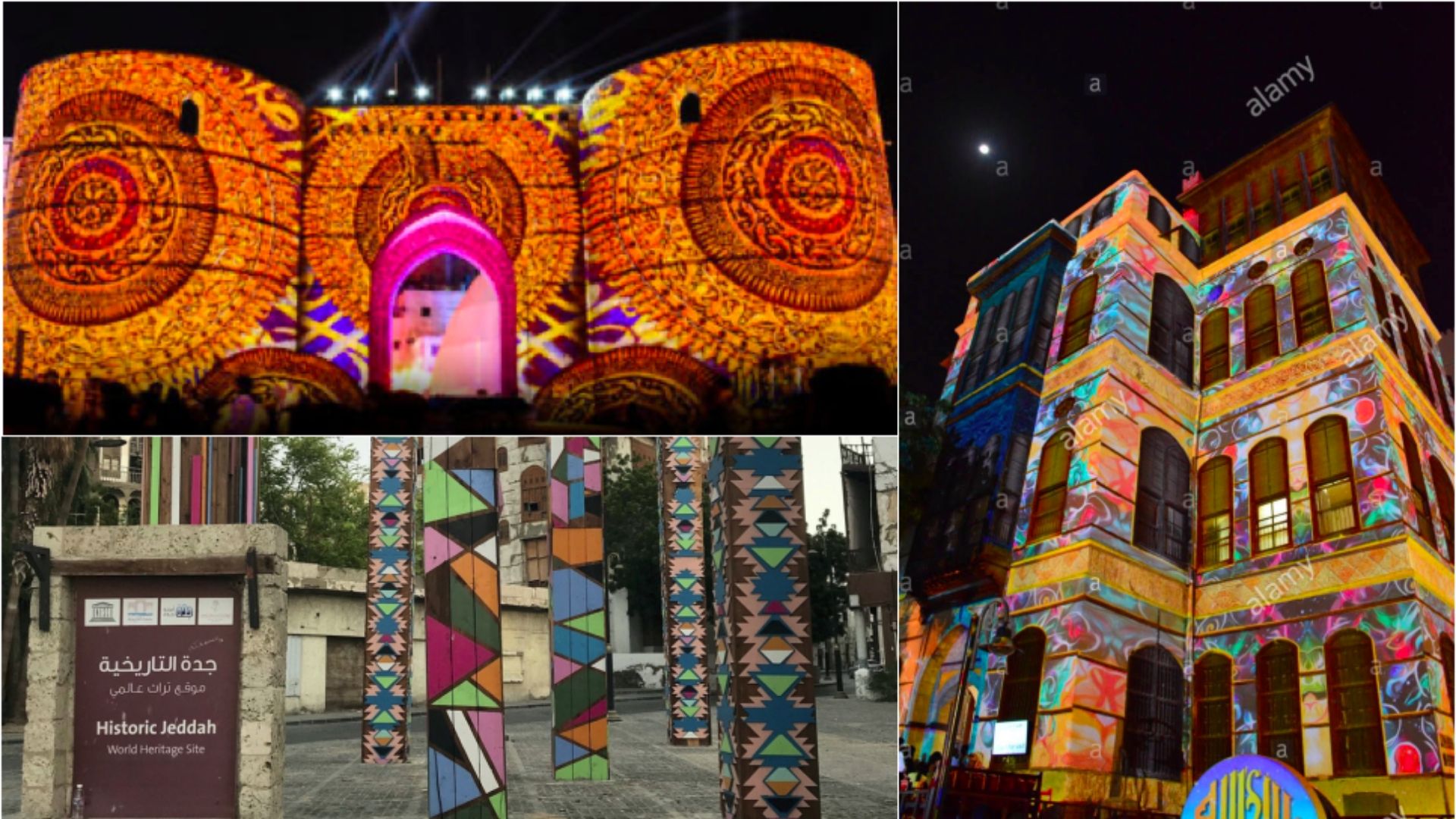
Implications
There is clear evidence of what Watson (2009) refers to as “conflicting rationalities” in this new heritage preservation policy. On the one hand, Prince Mohammad bin Salman and his government are determined to make Saudi Arabia a global destination by adhering to the expectations of international capital. This involves an acknowledgment and conservation of indigenous practices that challenge these global norms, even if implemented superficially. On the other hand, this also involves the homogenization and commodification of community vernaculars to suit tourist expectations, which in turn devalues the ‘cultural welfare’ these communities actually have to offer (Rankin, 2009). Even though citizen involvement has been largely tokenistic, the preservation process has nevertheless ignited a sense of pride among local populations. Bagheri and Mehta have highlighted such ironic pride in Ahmedabad and Tehran as both cities have been going through similar globalization processes (2013; 2016).
This case raises broader questions about heritage conservation planning, specifically how to protect the needs of residents when neglected historical sites become targets of tourism-driven commodification processes. Indigenous populations have an imperative role in shaping more inclusive development that preserves the original forms of settlements while also allowing for alternative economic practices. Saudi Arabia has a long history of religious and cultural customs that are at odds with homogenous modernization approaches, contributing to the growing repertoire of alternatives to development world-wide (Escobar, 1996; Gudynas, 2011). It is possible to balance the need to attract tourism and preserve local customs with the imperative of preventing displacement and superficial multiculturalism. It just requires a more inclusive role of local communities where they are able to spearhead and benefit from these processes, rather than pursuing top-down plans.
